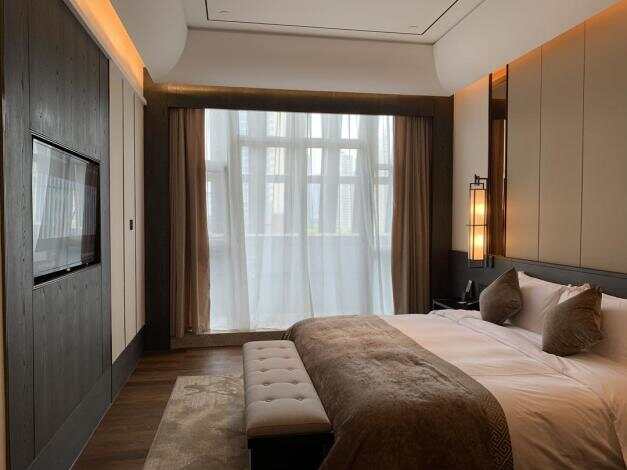

Creating a comfortable home begins with choosing the right furniture. It's not just a purchase—it’s an investment in your lifestyle. Follow these essential steps to ensure every piece you select enhances your living space. For more expert tips on home design, visit the American Society of Interior Designers.
Visualize Your Space:
Before purchasing, envision the overall feel of your home. Walk through each room—living room, bedroom, kitchen—and imagine the ambiance you want to create. Develop a detailed list of necessary furniture and accessories (e.g., sofas, beds, lamps). This planning phase helps you avoid redundant purchases and stay focused on your design goals.
For guidance on spatial planning, check out the U.S. Environmental Protection Agency (EPA).

Essential vs. Nice-to-Have:
Prioritize functional pieces—beds, tables, chairs—over decorative extras. Focus on items that support daily activities and comfort.
Quality Over Quantity:
Invest in key pieces like a high-quality mattress or durable dining table. Quality furniture enhances comfort and lasts longer, reducing long-term costs.
For insights on sustainable and high-quality materials, visit the U.S. Green Building Council (USGBC).
Plan Financially:
Determine your overall budget and allocate funds wisely. A common benchmark is using 10%-50% of your home purchase price for furniture, but adjust based on personal circumstances. Remember to account for installation and transportation costs.
For budgeting strategies and market trends, see Consumer Reports.
Prioritize High-Impact Areas:
Start with the most-used rooms like the living room and bedroom. Consider multifunctional furniture to maximize space, and take advantage of seasonal sales or quality second-hand options.
Balance Function and Style:
Choose pieces that serve daily needs while complementing your overall design theme. Look for versatility in design to accommodate future updates.
Long-Term Investment:
Opt for quality materials like solid wood or high-quality leather that ensure longevity. Test items for comfort—sitting on a sofa or lying on a bed can reveal the true value of your investment.
Attention to Craftsmanship:
Examine joints, seams, and finishes. Exquisite workmanship is a sign of superior quality. For detailed craftsmanship standards, refer to ASTM International.
Visit Specialized Stores:
Engage with professional staff who can provide tailored advice based on your needs. High-quality customer service, both pre-sale and post-sale, is a good indicator of reputable retailers.
View Samples In Person:
Inspect display pieces and test the furniture’s look and feel firsthand. This helps ensure the quality meets your expectations.
Understand Manufacturer Backgrounds:
Researc
Long-Term Considerations:
Think of furniture as a long-term investment. Select items that not only meet current needs but will also remain functional and stylish as your lifestyle evolves.
For more on long-term investment and sustainability, explore Consumer Reports and USGBC.

Furniture buying is a gradual, thoughtful process that combines functionality, style, and sustainability. By carefully assessing your needs, setting a clear budget, and prioritizing quality, you can create a home environment that is both inviting and enduring. Take your time, evaluate your options, and remember—a well-chosen piece of furniture is an investment in your comfort and quality of life.
For further expert advice and sustainable design practices, visit:
American Society of Interior Designers (ASID)
Email cannot be empty
Password cannot be empty
Email format error
Email cannot be empty
Email already exists
6-20 characters(letters plus numbers only)
The password is inconsistent
Email format error
Email cannot be empty
Email does not exist
6-20 characters(letters plus numbers only)
The password is inconsistent